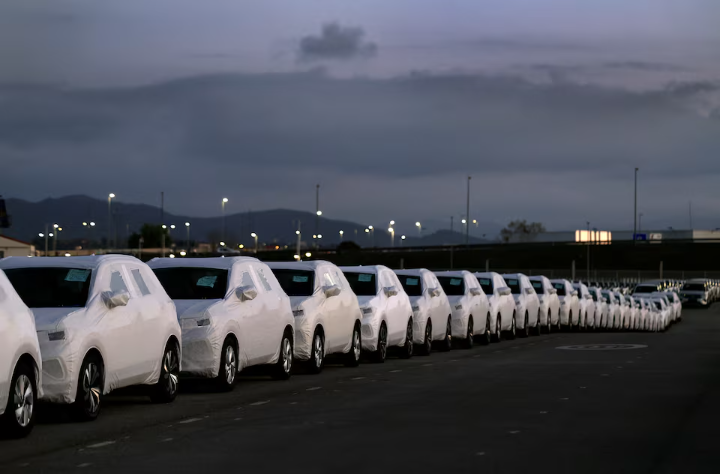The European Union is gearing up for its first major response to U.S. President Donald Trump’s sweeping tariffs—and the stakes couldn’t be higher. With the threat of a global trade war looming, EU nations are pushing for unity as they finalize a targeted retaliation plan against the United States, covering up to $28 billion worth of U.S. exports.
Starting Wednesday, Trump’s tariffs will hit a wide range of European exports—covering 70% of the EU’s total exports to the U.S., which were valued at 532 billion euros (around $585 billion) in 2024. This includes 25% import duties on steel, aluminum, and cars, along with “reciprocal” tariffs of 20% on almost all other goods.
In response, the European Commission is expected to present a list of U.S. products that will face retaliatory tariffs. This includes meat, cereals, wine, clothing, wood, chewing gum, vacuum cleaners, toilet paper, and even dental floss. These measures aim to pressure the U.S. administration into negotiations while showing that the EU won’t back down easily.
However, not everyone in Europe agrees on the best approach. France is calling for a broader response that goes beyond tariffs. President Emmanuel Macron has even suggested halting European investments in the U.S. until the situation is resolved. On the other hand, Ireland and Italy are urging a more cautious approach. Ireland, which sends nearly a third of its exports to the U.S., warns against overreaction. Italy questions if retaliating at all is wise.
One of the more controversial products on the EU’s tariff list is bourbon. The European Commission has proposed a 50% duty, which prompted Trump to threaten a steep 200% counter-tariff on EU alcoholic drinks. This has raised concerns in wine-exporting nations like France and Italy, which are already wary of escalating tensions.
Still, the EU aims to maintain a united front. Trade ministers from the 27 EU countries will meet in Luxembourg to discuss the impact of the tariffs and coordinate a cohesive message. The goal? To show they’re open to negotiations but ready to act if necessary.

“It’s a delicate balance,” one EU diplomat said. “We can’t appear too soft, or the U.S. won’t take us seriously. But we also can’t go too far and spark a deeper crisis.”
The first wave of EU countermeasures is expected to be approved on Wednesday unless a rare majority of member states oppose it. If approved, the tariffs would be rolled out in two phases—beginning on April 15 and continuing a month later.
In parallel, EU Commission President Ursula von der Leyen will meet with top CEOs in the steel, automotive, and pharmaceutical sectors to assess the fallout from the U.S. tariffs and shape further actions.
As the EU navigates this high-stakes standoff, one thing is clear: the global trade landscape is shifting rapidly—and no one can afford to look away.



